Building the Inside of a Prefab House: Discover the Elegance and Practicality of Prefab House Interiors
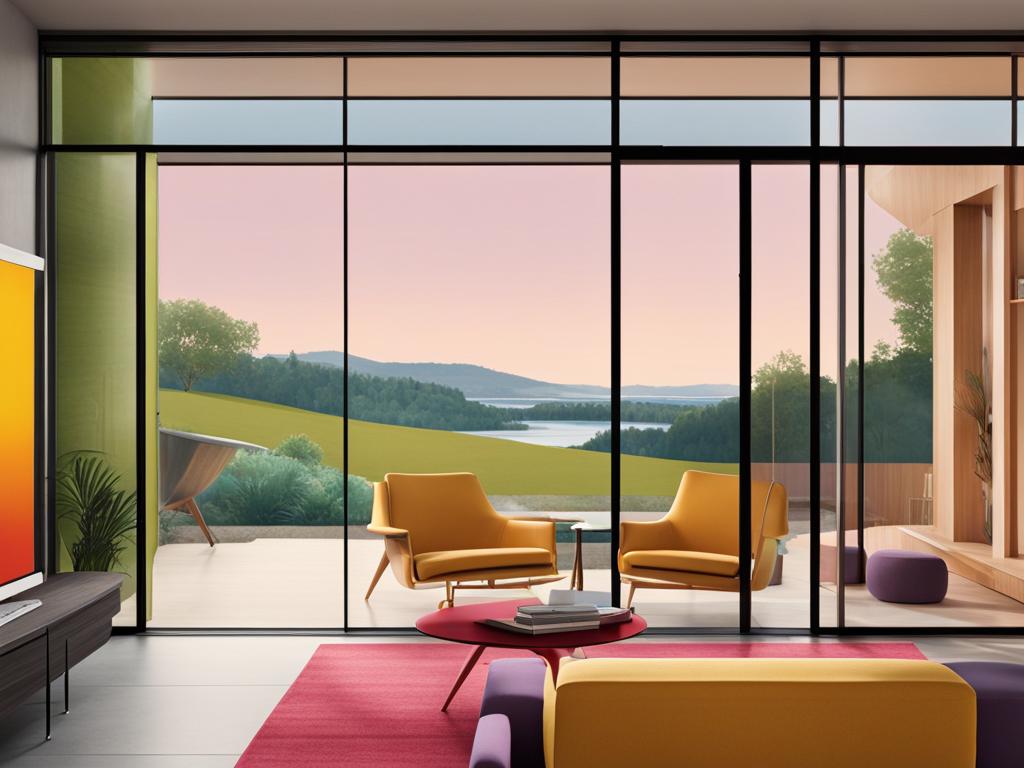
Prefabricated homes, or prefab homes, have become increasingly popular due to their ease of assembly and the range of customization options they offer. Constructed off-site using materials such as wood, gypsum, cement, and steel frames, prefab homes provide homeowners with the opportunity to tailor the interiors according to their preferences. With numerous benefits, including saving on construction time and cost, energy efficiency, and sustainability, building the inside of a prefab house requires attention to detail and consideration of various interior design tips.
Key Takeaways:
- Prefab homes are constructed off-site and offer customization options for homeowners.
- They save on construction time and cost compared to traditional builds.
- Prefab homes are designed with energy efficiency and sustainability in mind.
- Interior design tips for prefab homes include utilizing clusters and maintaining a minimalist vibe.
- Personalization and attention to negative space are crucial for creating a unique and visually appealing interior.
Saving on Construction Time and Cost
Prefab homes offer significant advantages when it comes to saving on construction time and cost. The assembly and deployment of a prefab home can take as little as 6-8 weeks, compared to months or even years for a traditional build. This accelerated construction timeline is possible because prefab houses are constructed off-site in a controlled environment. The precise planning and efficient assembly process result in reduced construction time, allowing homeowners to move into their new homes faster.
Not only does prefab house construction save time, but it also offers cost savings. Prefab homes are more cost-effective and affordable compared to newly constructed homes. This affordability is due to several factors. Firstly, prefab homes use cost-effective yet quality materials, ensuring durability and longevity while keeping expenses down. Additionally, the streamlined production process of prefabricated components reduces labor costs, further contributing to the overall affordability of prefab houses.
Another significant advantage of prefab house construction is the ability to benefit from energy efficiency. Many prefab homes are designed with energy-efficient features, such as proper insulation, energy-saving appliances, and sustainable building materials. These energy-efficient elements help reduce long-term energy costs and minimize environmental impact, making prefab homes an environmentally-friendly choice.
The Benefits of Prefab House Construction:
- Rapid construction timeline of 6-8 weeks
- Cost-effective and affordable compared to traditional builds
- Energy-efficient design and sustainable materials
- Reduced labor costs and streamlined production process
With prefab homes, homeowners can enjoy the benefits of a shorter construction timeline, cost savings, and eco-friendly features. Furthermore, prefab homes provide the option to customize various aspects, allowing homeowners to create their ideal living spaces. The combination of these benefits makes prefab house construction an attractive choice for individuals looking for efficient, affordable, and environmentally-conscious housing solutions.
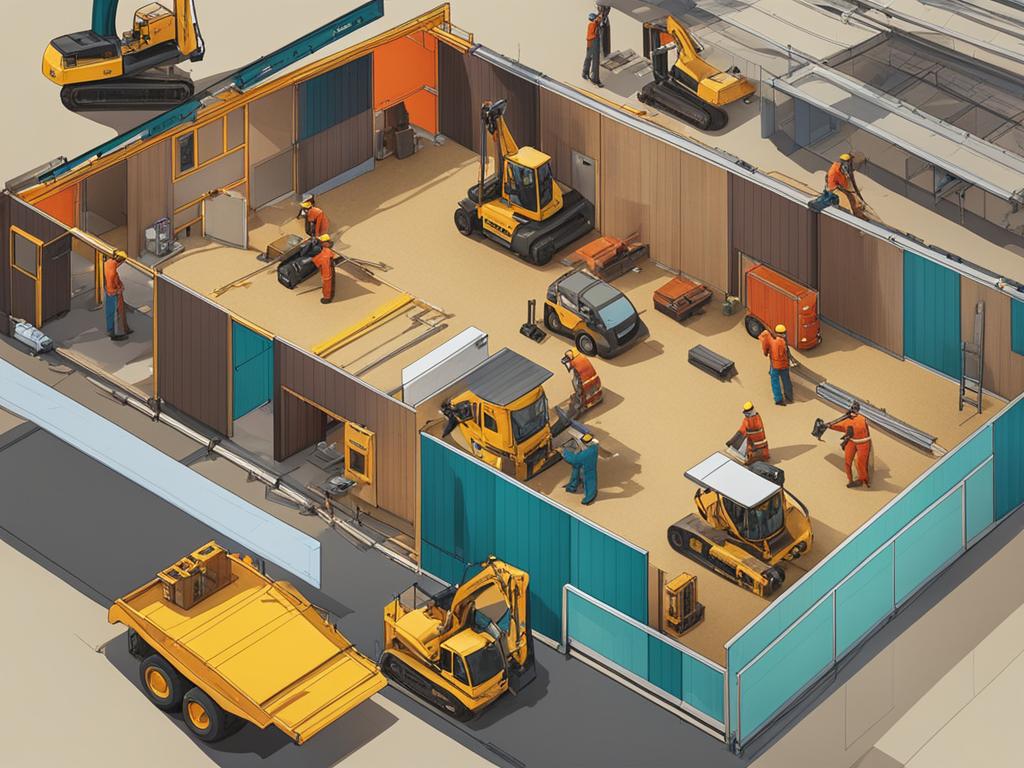
Energy Efficiency and Sustainability
Prefab homes are designed with energy efficiency and sustainability in mind. They prioritize the use of materials that are more eco-friendly than those used in traditional construction methods, reducing environmental pollution. These homes are constructed using sustainable materials, such as wood and insulation, which contribute to their overall eco-friendly nature.
One of the key advantages of prefab houses is their modular construction. This construction technique helps to reduce both noise and air pollution during the building process. By assembling different sections of the house off-site before transporting them to the location, prefab homes minimize the overall disruption to the environment. Additionally, the modular approach enables greater precision and quality control, resulting in a more sustainable and energy-efficient final product.
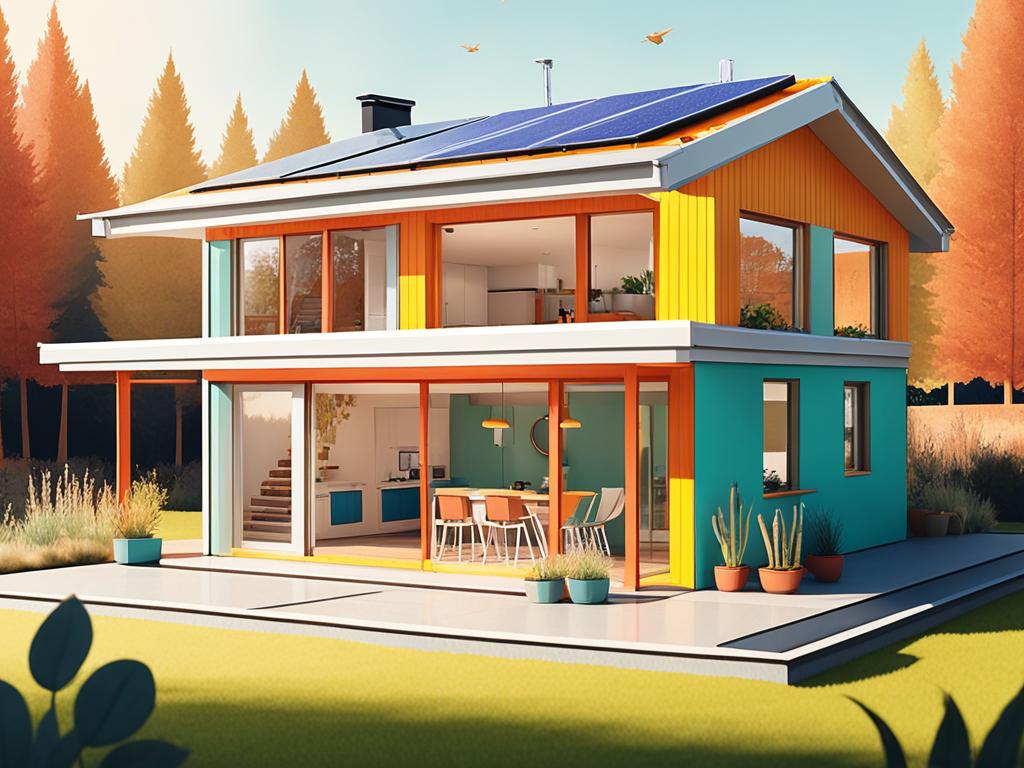
Furthermore, prefab homes offer various advantages in terms of energy efficiency. They are well-insulated and designed to conserve energy, helping homeowners reduce their carbon footprint and utility bills. By efficiently using resources such as energy and water, prefab homes contribute to a more sustainable lifestyle.
Overall, prefab homes provide a greener alternative to conventional houses, offering energy efficiency, environmental sustainability, and reduced construction-related pollution.
Customization and Interior Design Tips
One of the standout features of prefab homes is the ability to customize the interiors according to the homeowner’s preferences. Whether you prefer a contemporary or traditional style, the various sections of a prefab home can be assembled and tailored to suit your desired interior design.
When it comes to customization, the options are endless. You can play around with patterns, mix and match different prints and colors, and use decorative elements to add character to your prefab house interior. Personal touches such as artwork and family photos can make the space feel more inviting and unique to you.
Adding houseplants is not only a stylish addition to your interior design but also brings natural greenery and color into your space. Not to mention, houseplants provide air-purifying benefits, making your prefab home a healthier and more vibrant environment.
To maximize the use of space and create the illusion of a larger area, you can employ clever interior design techniques. For instance, using smaller paintings or artwork can make the walls appear more spacious. Layering furnishings can give depth and texture to your living areas, creating an inviting and comfortable atmosphere.
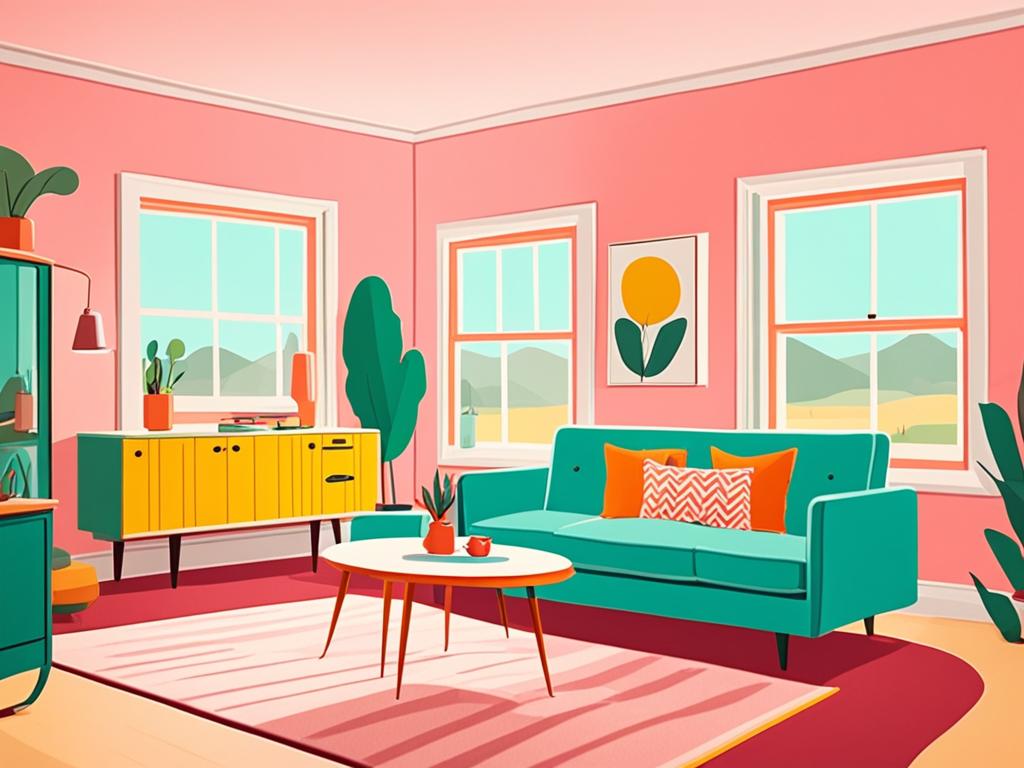
By customizing your prefab house interior and implementing these interior design tips, you can transform your prefab home into a stylish and functional living space that perfectly reflects your taste and lifestyle.
Clusters and Minimalism in Prefab Home Interiors
When it comes to designing the interiors of prefab homes, there are two key principles to keep in mind: clusters and minimalism. By incorporating these concepts, you can create a cohesive and visually appealing living space that maximizes the use of the limited space available.
Instead of relying on a single piece or element, consider using clusters of similar elements in your prefab home design. Clusters help create a harmonious look by grouping together items that share a common theme or style. For example, you can showcase a collection of decorative objects, such as vases or sculptures, on a shelf, or arrange a cluster of pendant lights in the dining area. This technique adds visual interest and creates a sense of unity throughout the space.
Another crucial aspect to consider is maintaining a minimalist vibe in your prefab home. Due to their smaller size, prefab homes benefit greatly from a clutter-free and streamlined design. Instead of filling up the space with unnecessary decor items, embrace a less-is-more approach. Start with the essentials and steadily add pieces over time to personalize the space. This gradual approach allows you to make thoughtful design choices and prevent the accumulation of clutter.
Layering furnishings can also help create a visually appealing and functional interior in a prefab home. By adding different levels within the space, you can optimize its use and make it feel more dynamic. For example, you can use a multi-tiered coffee table, stackable stools, or floating shelves to add depth to the room. This technique not only maximizes space but also makes the overall design more visually interesting.
An effective way to create the illusion of a larger space in a prefab home is by incorporating mirrors. Mirrors reflect light and create an optical illusion of depth, making the room appear more spacious. Consider placing a large mirror on a wall or using mirrored furniture to enhance the sense of openness in the space.
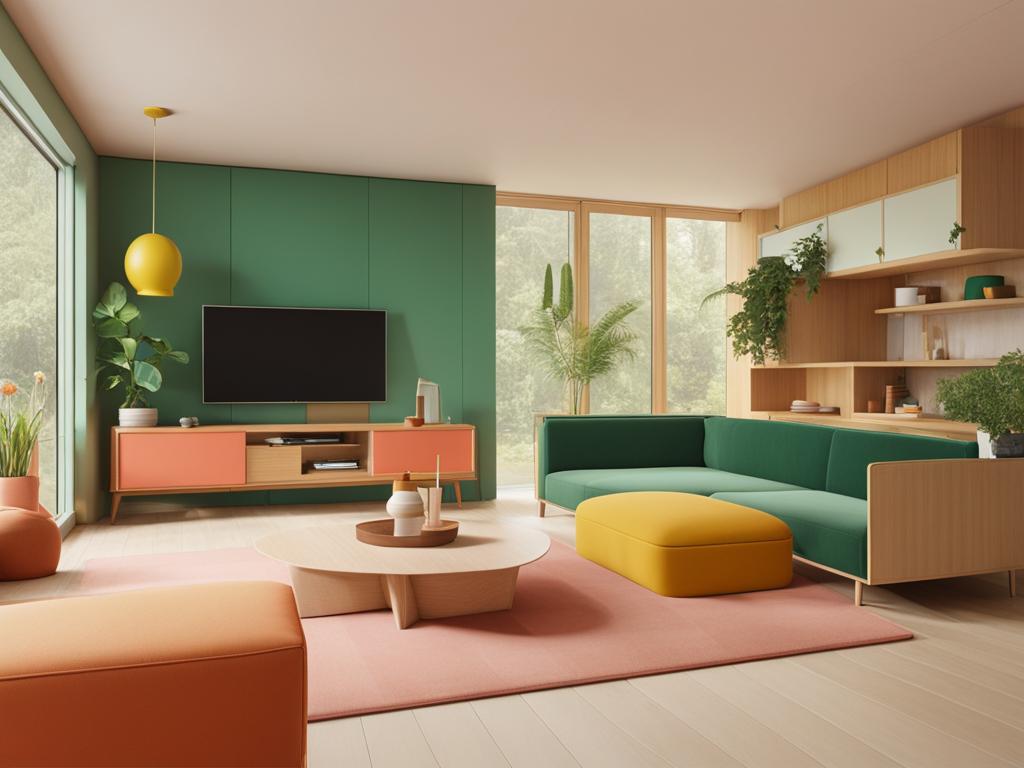
In conclusion, by embracing the concepts of clusters and minimalism, you can design a stylish and functional interior for your prefab home. Creating clusters of similar elements adds cohesion and visual interest, while a minimalist approach helps create a clutter-free and streamlined space. Don’t forget to layer furnishings, incorporate mirrors, and make thoughtful design choices to optimize the limited space available. With these strategies, you can achieve an inviting and visually pleasing living environment in your prefab home.
Personalization and Attention to Negative Space
When it comes to designing a prefab house, personalization is key to creating a unique and fresh look. Adding items that reflect your personality, like souvenirs from your travels or unique decorative pieces, can transform your prefab house into a true reflection of your style.
But personalization isn’t just about filling every corner with your favorite things. Attention to negative space is crucial in prefab home interiors to avoid clutter and create a cohesive look. Leaving space between furniture and walls allows each piece to have its own breathing space, adding depth and enhancing the overall design.
By striking a balance between personalization and negative space, you can create a visually appealing and functional living space. Consider the use of different textures, colors, and patterns to bring your personal style to life without overwhelming the space.
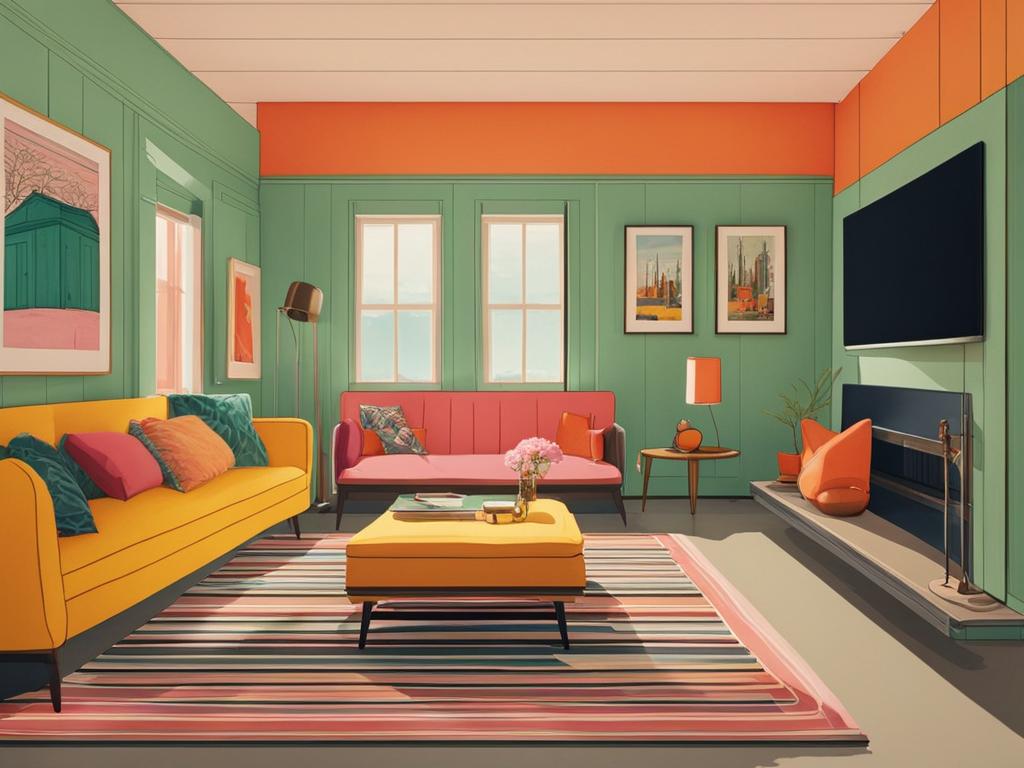
Adding Personal Touches
One of the advantages of prefab homes is their versatility in design. You have the freedom to choose furniture, artwork, and accessories that resonate with you. Consider displaying family photos or artwork that holds sentimental value. These personal touches can create a welcoming and comforting atmosphere.
Another way to personalize your prefab home is by selecting furniture pieces that are both functional and stylish. Opt for pieces that suit your lifestyle and design aesthetic. From sleek modern sofas to vintage-inspired chairs, the options are endless.
Creating Negative Space
Incorporating negative space in your prefab house interior is essential for a balanced and visually appealing design. Negative space refers to areas where there are no physical elements. It allows the eye to rest and creates a sense of harmony within the space.
When arranging furniture, consider leaving enough space between each piece to maintain a sense of openness. Avoid overcrowding the room with unnecessary decor items and instead, focus on highlighting a few key pieces. This minimalist approach not only creates a clean and uncluttered look but also helps to maximize the use of limited space.
By paying attention to negative space and personalizing your prefab house interior, you can create an inviting and stylish living space that truly reflects your unique taste and lifestyle.
Conclusion
Prefab homes provide a practical and stylish solution for homeowners in the United Kingdom. The ease of assembly, cost-effectiveness, energy efficiency, and customization options make them a popular choice. When designing the interior of a prefab house, attention to detail, customization, and thoughtful choices are crucial to create a comfortable and inviting living space.
By considering the unique features of prefab homes and implementing design tips and tricks, homeowners can create a personalized and aesthetically pleasing interior that maximises the use of space. From customising layouts to incorporating clusters and maintaining a minimalist vibe, there are endless possibilities to make the most of your prefab house. To create a cohesive look, it’s important to focus on personalisation while also paying attention to negative space.
Whether you’re looking to build a cosy retreat or a modern living space, prefab homes offer endless design potential. Take advantage of the convenience and eco-friendliness of prefab houses, and let your imagination run wild with interior design possibilities. Create a home that reflects your style and personality, turning your prefab house into a space you’ll love to live in.
FAQ
How long does it take to assemble a prefab house?
The assembly and deployment of a prefab house can take as little as 6-8 weeks, compared to months or even years for a traditional build.
Are prefab homes more cost-effective than traditional homes?
Yes, prefab homes are more cost-effective and affordable than newly constructed homes as they use cost-effective yet quality materials.
How are prefab homes more energy-efficient and sustainable?
Prefab homes are built using materials that are more eco-friendly than traditional construction methods, reducing environmental pollution. The modular construction of prefab homes also helps reduce noise and air pollution during the construction process.
Can I customize the interior of a prefab house?
Absolutely! Prefab homes can be tailored to suit the homeowner’s preferences, allowing for customization of the interior design.
What are some interior design tips for prefab homes?
When designing prefab home interiors, it is recommended to use clusters of similar elements for a cohesive look and to maintain a minimalist vibe. Layering furnishings, using mirrors, and creating different levels within the space can maximize the use of limited space.
How can I personalize my prefab home?
Personalizing a prefab home is essential to create a unique look. Homeowners can add items that reflect their personality, such as souvenirs from travels or unique decorative pieces. Attention to negative space is also crucial to avoid clutter and create a cohesive design.
What are the benefits of living in a prefab house?
Prefab homes offer significant advantages, including saving on construction time and cost, energy efficiency, sustainability, and the ability to customize the interior to suit the homeowner’s preferences.

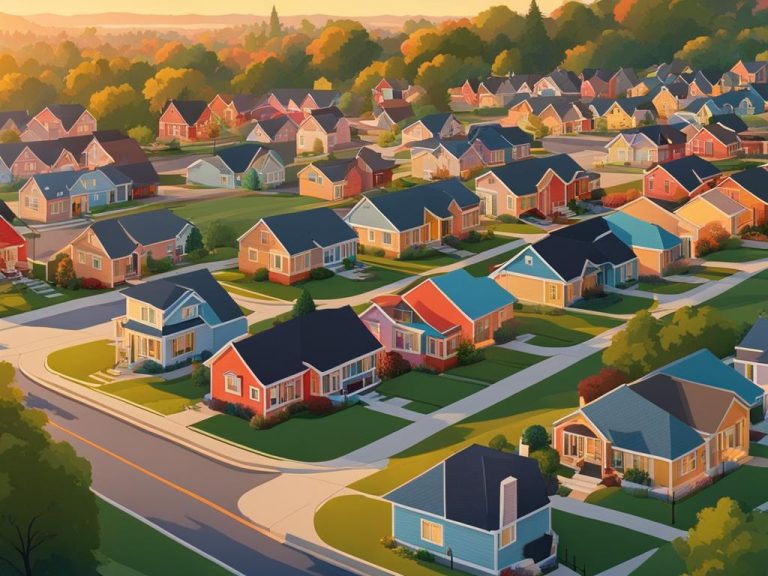
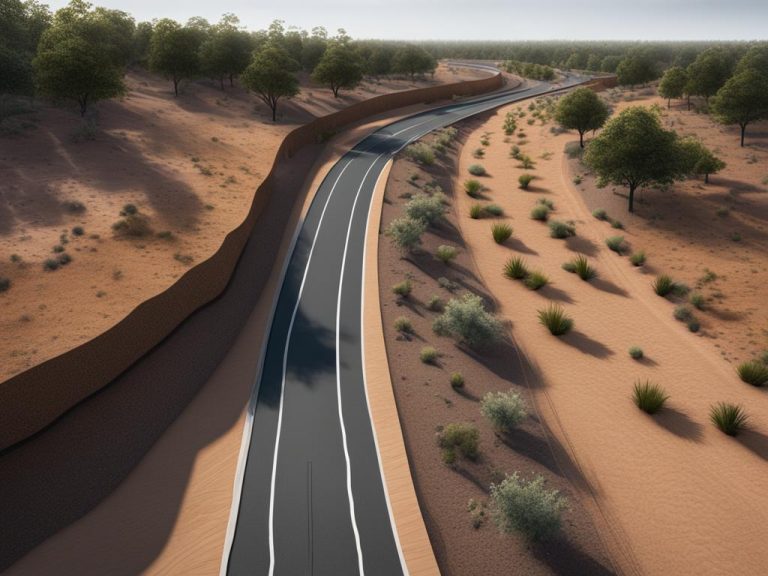
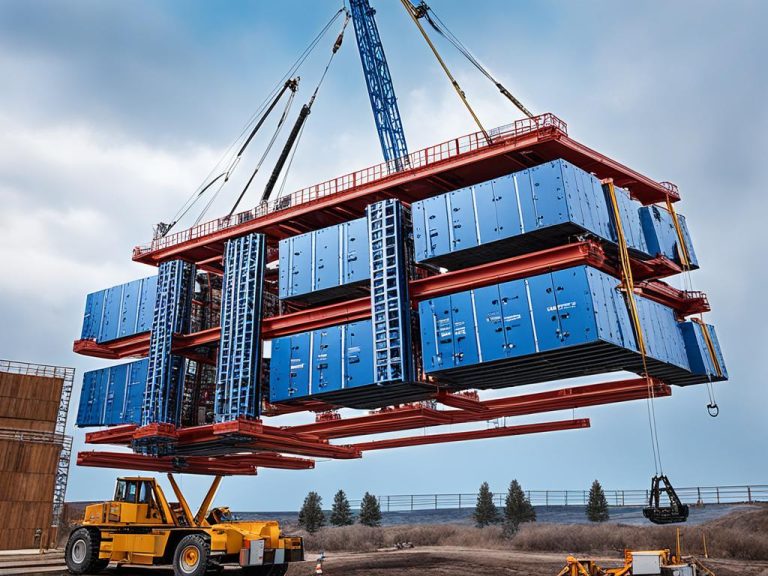
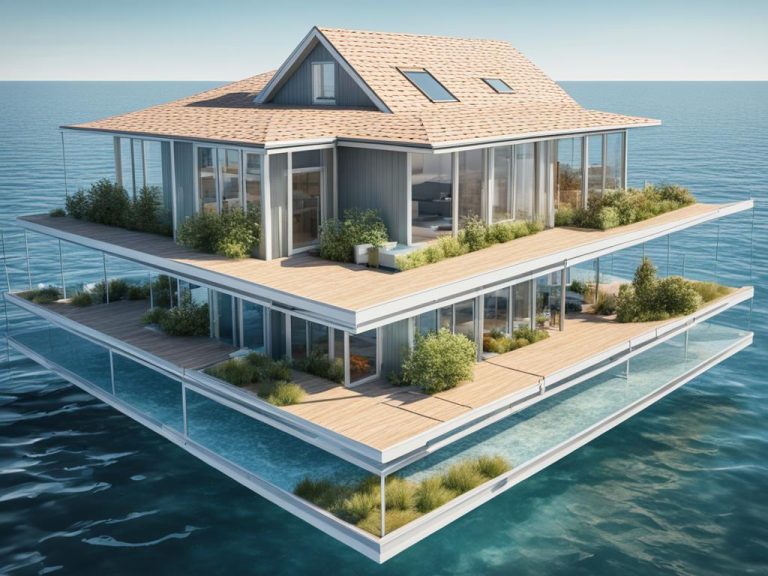
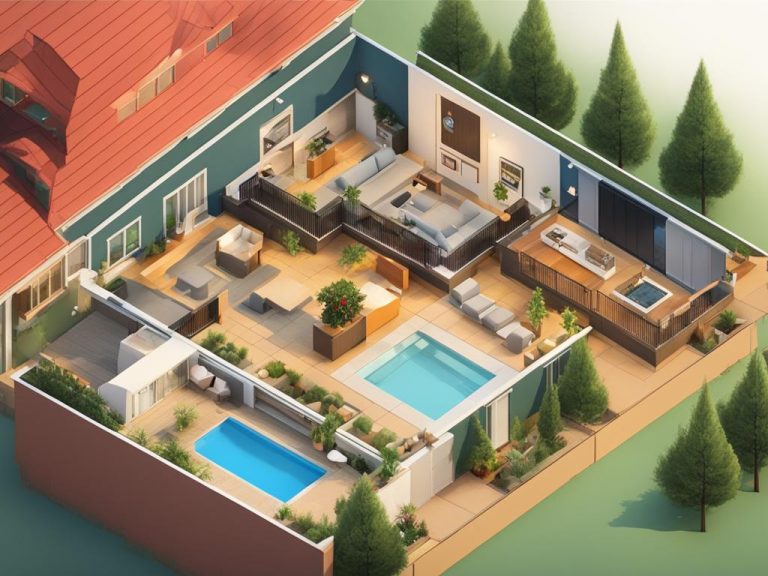
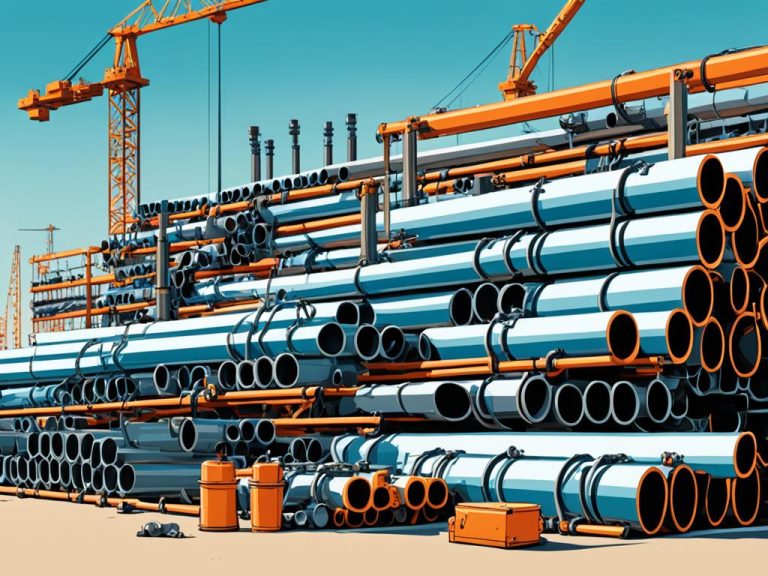
Try your luck in the best online casinos
mobile phone casino no deposit bonus http://casinowolfspins.com/casino-reviews/uk-casinos/ .
BANDAR JUDI BOLA